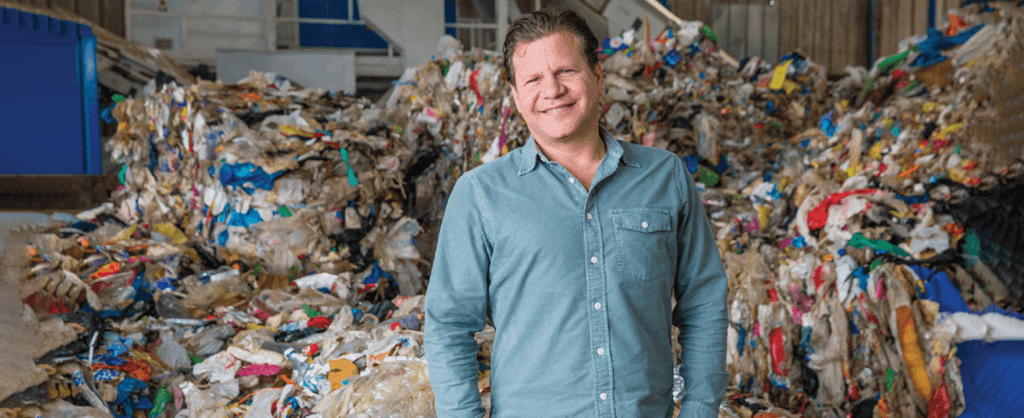When the U.S. Department of Agriculture introduced its BioPreferred Program in the 2002 Farm Bill, its stated goal was to compel federal agencies to explore ways to source at least some of the goods they purchased from biobased materials. Manufacturers who supplied goods to these agencies saw the program as an incredible opportunity to help agencies meet this goal while also increasing sales.
Since its inception, the program has been regarded as a classic win-win situation, with biobased materials becoming intricately linked with sustainability.
The Transition to Biobased Products
Biobased products are derived from plants and other agricultural, forestry, and marine materials. They provide a viable alternative to conventional petroleum-derived products. There are currently 139 categories for which agencies and their contractors have mandated purchasing requirements. The diverse range of USDA certified biobased products includes everything from detergents to fertilizers, lubricants, and bioplastics.
The shift to a sustainable biobased economy, including within the biobased bioplastics industry, is a positive trend and one that is possible due to:
The increasing demand for sustainable products by consumers and brands alike.
Stronger policy support for a biobased economy.
Continuous efforts of the bioplastics industry to research and develop innovative materials with new functionalities.
There are currently more than 2,800 USDA certified biobased products, a number of which are bioplastics. While most biobased bioplastics are now sourced from plant-based raw materials, the USDA expects in the future more companies will, like UBQ, use municipal waste. The development and adoption of these new processes will continue to create new markets and economic opportunities while further increasing the use of renewable resources.
USDA Approved Plastic Materials
Thirty years after the “plastics make it possible!” advertising campaign hit the airwaves, there’s a new kind of plastic making things possible in a new, sustainable way. Biobased plastics made from renewable resources are being used to manufacture a variety of products and packaging.
In addition to federal procurement and certification, the BioPreferred Program works to increase the purchase and use of biobased products through a labeling initiative. The USDA certified biobased product label is granted to manufacturers producing products made from renewable resources. The label is designed to help consumers make better, more informed buying decisions based on a product’s ingredients.
UBQ is proud to have been awarded the right to use the BioPreferred Program’s certified biobased label on its products. Our bio-based extraction technology converts ordinary waste, including biobased materials, into our patented UBQ material. The result is a sustainable, biobased thermoplastic that’s climate positive, commercially viable, and environmentally sustainable.
Successful bio-waste recycling holds great potential for the circular economy by cutting emissions, improving soils, and providing energy. The UBQ process provides a unique cost-efficient way out of the global waste problem. It’s an exceptional solution to waste management that creates a regenerative source of raw materials to meet an ever-growing global materials demand.
How Biobased Materials Add Value to Products
A USDA analysis report on the U.S. biobased product industry found that biobased materials contributed over $393 billion to the economy and created 4.2 million jobs. In addition to contributing to the rural economy, biobased materials offer benefits such as a reduction in the use of fossil fuels and reduced associated greenhouse gas emissions.
While bioplastics currently make up a small fraction of the plastics market, the opportunity for future global growth is substantial. Further, biobased materials have the potential to contribute to improved human health while providing a strong connection to nature through restorative processes enabled by circular initiatives.
As bioplastics continue to narrow the gap with petroleum-based materials, exploring whether biobased materials are the right option for your products is a worthwhile endeavor. To learn more about UBQ Material and how to introduce biobased materials into your manufacturing process, get in touch with us today.


